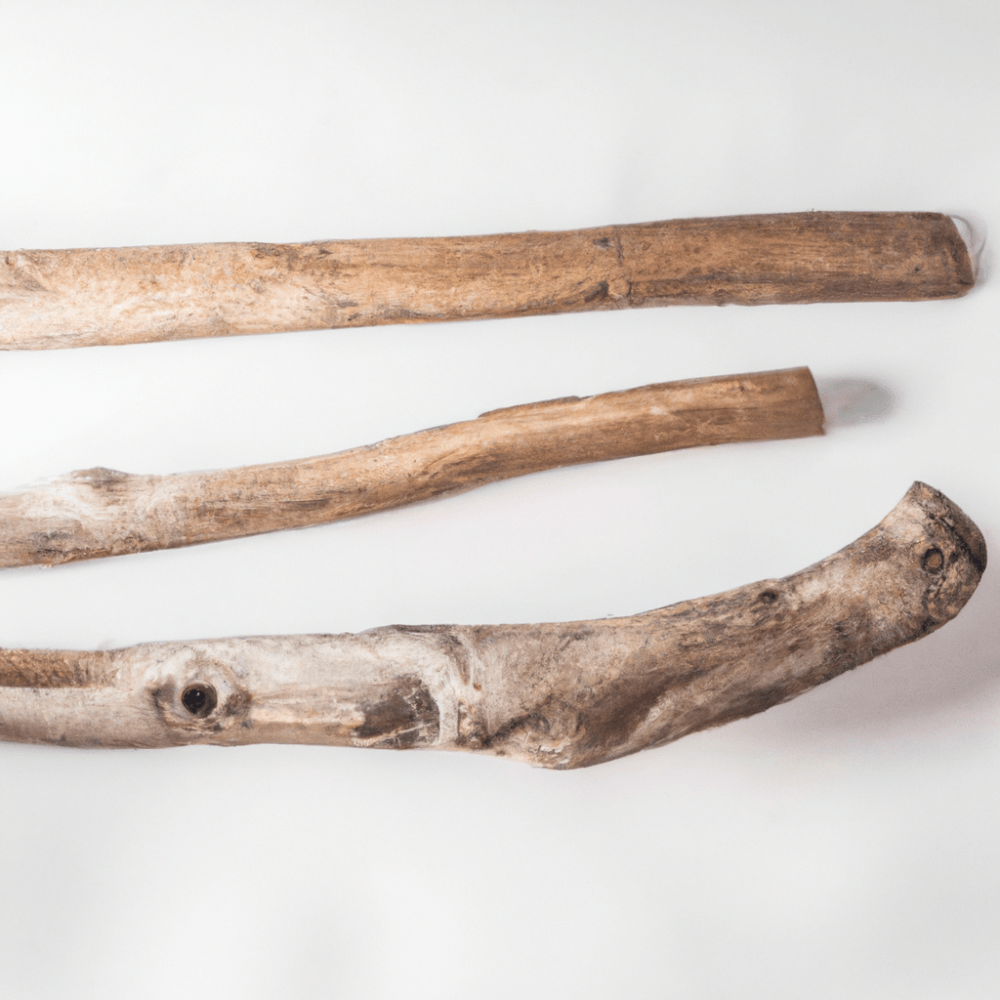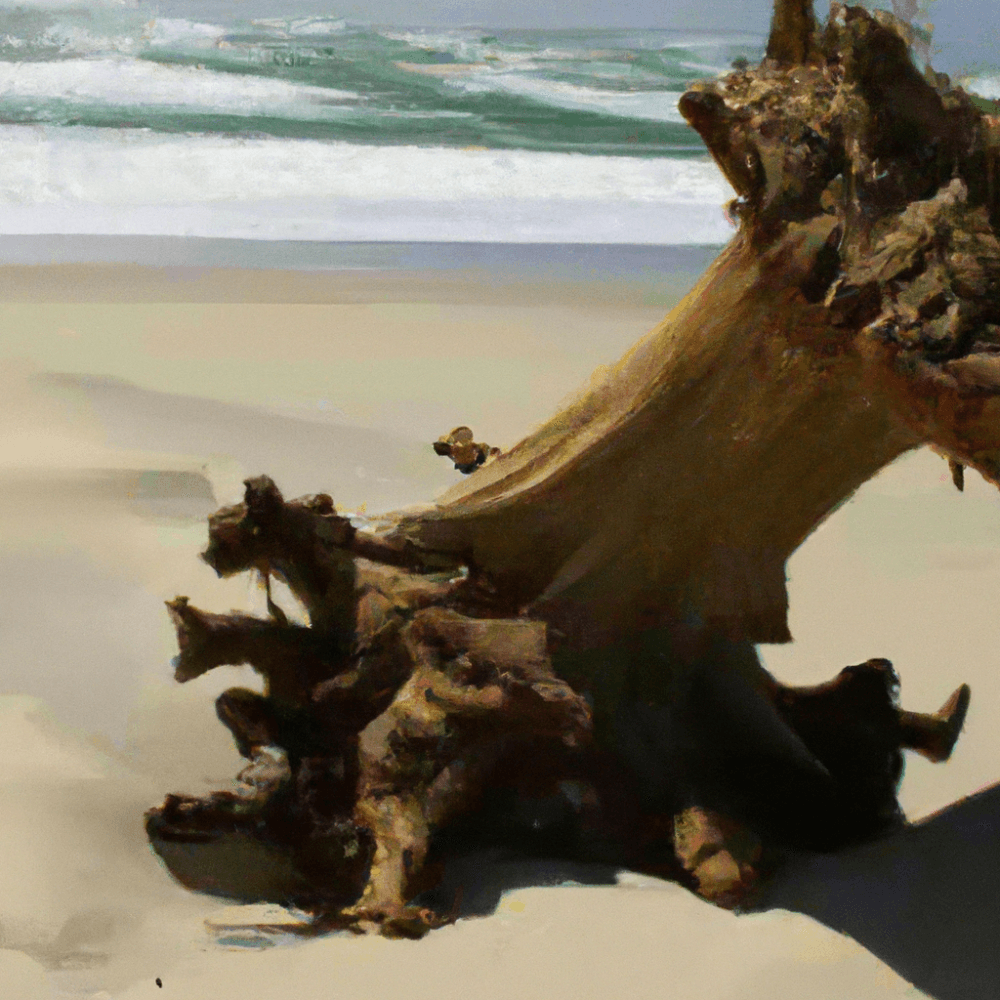Driftwood is a beautiful and unique natural material that can add a touch of rustic elegance to your home decor or aquarium. But before you bring it inside, you might be wondering if you need to treat it in any way. In this article, we will explore whether treating driftwood is necessary and the potential benefits it can bring. From preserving its natural beauty to preventing any unwanted hitchhikers, we’ll cover everything you need to know about giving your driftwood the proper care it deserves. So, let’s dive in and discover the world of driftwood treatment!

Types of Driftwood
Driftwood, a popular choice for aquarium decoration, comes in various forms and appearances. Understanding the different types of driftwood available can help you make an informed decision on which one suits your aquarium best.
Freshly Fallen Driftwood
Freshly fallen driftwood refers to wood that has recently washed up on shore and has not undergone any weathering effects. This type of driftwood often retains its natural color and shape, making it an attractive choice for aquariums. However, it may still require treatment to ensure it is safe for your aquatic pets.
Waterlogged Driftwood
Waterlogged driftwood is wood that has been submerged in water for an extended period, causing it to become saturated. As a result, this type of driftwood sinks easily and tends to have a darker, more weathered appearance. While it may be tempting to skip the treatment process, it is still important to ensure its safety for your aquarium inhabitants.
Sun-bleached Driftwood
Sun-bleached driftwood is wood that has been dried and lightened by exposure to sunlight. It often has a pale color, which can create a beautiful contrast against the vibrant colors of your aquarium plants and fish. Although sun-bleached driftwood has undergone natural weathering, it is still crucial to consider the potential risks and treat it accordingly.
Potential Risks of Untreated Driftwood
While driftwood can enhance the aesthetic appeal of your aquarium, it can also pose potential risks if left untreated. It is vital to be aware of these risks and take appropriate measures to mitigate any potential harm to your aquarium ecosystem.
Leaching Tannins into Water
One of the primary concerns with untreated driftwood is the leaching of tannins into the water. Tannins, which are naturally occurring organic compounds, can cause the water to turn a yellowish or brownish color. Although harmless to most fish, excessive tannins can lower the pH level of the water, potentially harming more sensitive aquatic species.
Adding Organic Matter to the Aquarium
Untreated driftwood may introduce additional organic matter into your aquarium. As the wood decomposes, it can lead to an increase in organic waste, which can affect the water quality and potentially result in ammonia spikes. This can have detrimental effects on your aquarium inhabitants’ health and overall well-being.
Introducing Harmful Bacteria or Parasites
Driftwood that has not undergone proper treatment may harbor harmful bacteria or parasites. These microorganisms can negatively impact the health and vitality of your aquatic pets. By treating the driftwood, you can reduce the risk of introducing these potentially harmful entities into your aquarium.
Altering Water Chemistry
Certain types of untreated driftwood can alter the water chemistry of your aquarium. This may include changes in pH levels and water hardness, which can be detrimental to certain fish and invertebrates. Proper treatment ensures that the driftwood’s impact on water chemistry is minimized, maintaining a stable and suitable environment for your aquatic pets.
Considerations Before Treating Driftwood
Before embarking on the driftwood treatment process, several key considerations should be taken into account. These factors will help you determine the most suitable method for treating your driftwood and ensure the well-being of your aquarium inhabitants.
Origin of Driftwood
The origin of the driftwood plays a significant role in determining whether treatment is necessary. If the driftwood has been collected from bodies of freshwater, it is more likely to require treatment due to exposure to potential contaminants. Driftwood collected from the ocean may already have undergone natural cleansing processes, but caution should still be exercised.
Type of Wood
The type of wood used in your driftwood also influences the treatment method. Some wood species, such as cedar or pine, contain natural oils that are toxic to aquatic life. In contrast, certain hardwoods, like oak or mangrove, are generally considered safe and may require less treatment. Researching the specific type of wood you have can guide you in selecting the appropriate treatment approach.
Aquarium Setup and Inhabitants
Another essential consideration is your aquarium’s current setup and inhabitants. If you have a heavily planted tank or sensitive species, such as shrimp or certain types of fish, maintaining optimal water conditions is crucial. Understanding the requirements and sensitivities of your aquarium’s inhabitants will help determine the necessary precautions and treatment methods.
Personal Preference
Lastly, personal preference plays a role in the decision to treat driftwood. Some hobbyists appreciate the natural look and potential benefits of untreated driftwood, while others prioritize the visual appeal of a well-maintained aquarium ecosystem. Assessing your own preferences and goals will guide you in making an informed choice regarding the treatment of your driftwood.
Methods to Treat Driftwood
Once you have considered the relevant factors, treating your driftwood becomes the next step in ensuring its safety for your aquarium. Several methods can effectively treat driftwood and reduce potential risks.
Boiling the Driftwood
Boiling driftwood is one of the most common and effective methods for treatment. By boiling the driftwood for an extended period, you can remove any impurities, kill bacteria and parasites, and reduce the leaching of tannins. Boiling also helps to make the wood safer for your aquarium inhabitants.
Soaking the Driftwood
Soaking driftwood involves submerging it in water for an extended period. This method is particularly useful for waterlogged driftwood as it helps it become buoyant again. Soaking also leaches out tannins, reducing the impact on water color and chemistry. Regular water changes during the soaking process further assist in flushing out impurities.
Baking the Driftwood
Baking the driftwood is an alternative method that involves placing it in the oven at a low temperature for several hours. This process helps to kill bacteria and parasites by gradually drying out the wood. However, caution should be exercised as excessive heat may cause the wood to crack or catch fire.
Freezing the Driftwood
Freezing driftwood is another treatment option that can eliminate harmful organisms. By placing the driftwood in a freezer for a few days, you can effectively kill parasites and reduce the risk of introducing them to your aquarium. However, it is important to note that freezing may not eliminate all types of bacteria, so additional caution is necessary.
Brushing and Scrubbing the Driftwood
Brushing and scrubbing the driftwood can help physically remove debris, algae, and any loose particles. This method is best used in conjunction with other treatment methods to ensure thorough cleaning. It is important to use a soft brush to avoid damaging the wood’s surface.
Using Chemical Treatments
Chemical treatments, such as commercially available driftwood cleansers, can be used to sterilize and condition the driftwood. Follow the instructions provided with the product and consider the potential impact on your aquarium before using chemical treatments. It is crucial to choose products that are safe for your aquarium inhabitants and won’t harm the water quality.

Alternative Options to Treating Driftwood
If the treatment process seems daunting or time-consuming, several alternative options can help you achieve the desired aesthetic appeal without the need for extensive treatment.
Using Pre-Treated Driftwood
One convenient option is to purchase pre-treated driftwood. These pieces have usually undergone thorough treatment processes to remove impurities and neutralize their potential impact on the aquarium environment. However, it is essential to verify the treatment methods used and ensure they meet your specific requirements.
Creating a Separate Driftwood Tank
Another option is to create a separate driftwood tank. By setting up a separate aquarium solely dedicated to driftwood and its associated inhabitants, you can alleviate the concerns of introducing untreated wood into your main aquarium. This allows you to enjoy the natural beauty of driftwood while minimizing potential risks.
Utilizing Driftwood Extracts or Supplements
Driftwood extracts or supplements are commercially available products that mimic the natural effects of driftwood in your aquarium. These supplements can provide the visual appeal of driftwood without the potential risks associated with untreated wood. However, it is important to carefully follow the instructions and monitor the impact on your aquarium’s water chemistry.
Conclusion
Driftwood adds a unique and natural element to any aquarium, enhancing its aesthetic appeal and providing shelter for your aquatic pets. However, it is crucial to consider the types of driftwood available, the potential risks of untreated wood, and the various treatment methods to ensure the well-being of your aquarium ecosystem.
By understanding the origin and type of driftwood, evaluating your aquarium setup and inhabitants, and considering personal preferences, you can make an informed decision on whether treatment is necessary. Boiling, soaking, baking, freezing, and brushing are effective methods to treat driftwood, while chemical treatments offer a convenient alternative. Alternatively, pre-treated driftwood, separate driftwood tanks, or driftwood extracts can provide safe alternatives.
Remember, each aquarium is unique, and it is essential to tailor the treatment approach to your specific circumstances. By taking the necessary precautions and ensuring the safety of your driftwood, you can create a visually stunning and healthy environment for your aquatic pets to thrive.